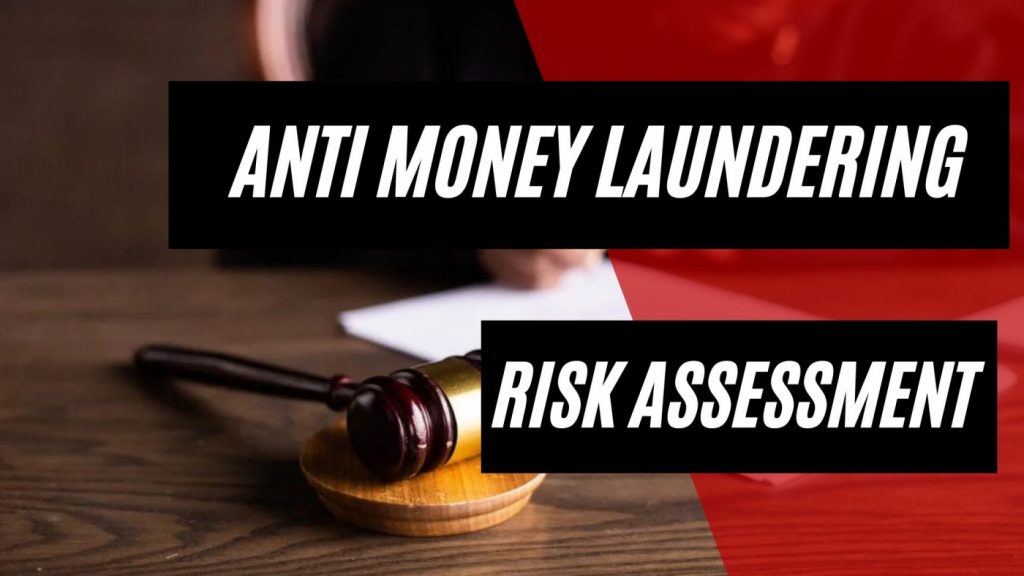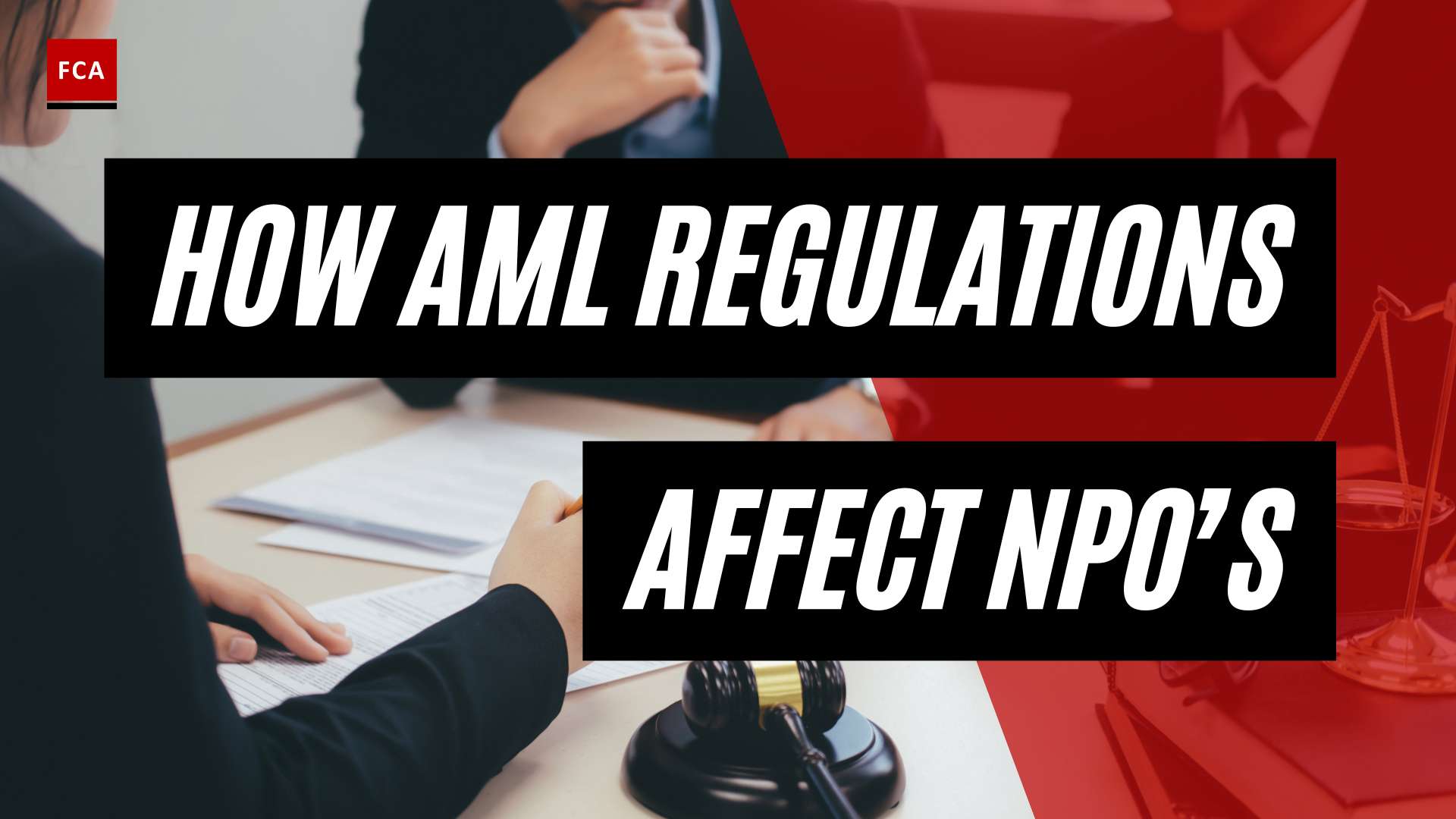Table of Contents
An anti money laundering or AML risk assessment forms the basis of applying the risk-based approach in any organization. Performing an AML risk assessment enables an organization to understand how and to what extent it is vulnerable to money laundering and terrorist financing. Usually, the anti money laundering risk assessment will result in a categorization of risk, which will help organizations to determine the level of anti-money laundering resources necessary to mitigate that risk. It should always be properly documented, maintained, and communicated to relevant personnel within a given organization.
An organization’s risk assessment does not necessarily have to be overly complex but should be in line with the nature and size of the organization, its business model, and related products and services.

A very basic or rather simple risk assessment might suffice for a smaller or less complex organization or small financial institutions and banks. For example, this might be the case for a small bank, where the bank’s customers fall into similar categories or a limited range of products and services. On the other hand, where the bank’s products and services are more complex, multiple subsidiaries or branches are offering a wide variety of products, or their customer base is more diverse, a more sophisticated risk assessment process will be required.
Factors For The Risk Assessment
For identifying and assessing the money laundering risk to which organizations are exposed, banks should consider a range of factors which should include the following:
- The nature, scale, diversity, and complexity of their business
- An organization’s target markets
- The number of customers already identified as high risk
- The jurisdictions the organization is exposed to, either through its own activities or the activities of customers, especially jurisdictions with relatively higher levels of corruption or organized crime, or deficient country-level anti-money laundering measures
- The distribution channels, including the extent to which the organization deals directly with the customer or the extent to which it relies on third parties to perform AML measures
- The internal audit and regulatory findings
- The volume and size of its business activities, such as transactions considering the organization’s and the customers’ profiles.
Standard-setting bodies such as the Wolfsberg Group also have guidance available on their website that might support the creation of an effective and holistic money laundering risk assessment.
Organizations should complement this information with information obtained from relevant internal and external sources, such as heads of business, relationship managers, national risk assessments, lists issued by inter-governmental international organizations and national governments, as well as commonly known money laundering typologies. Organizations should also review their assessment periodically, for example, on an annual basis, and in any case when their circumstances change or relevant new threats emerge.
The anti money laundering risk assessment should be approved by senior management and form the basis for developing policies and procedures to mitigate the money laundering risk, reflecting the organization’s risk appetite and stating the risk level deemed acceptable. In this regard, an organization should also ensure that policies, procedures, measures, and controls to mitigate the money laundering risks should be consistent with the risk assessment.
Let’s make a few money laundering risk examples in the financial services industry, which refers to banks and financial institutions in particular.
Retail Banking
In retail banking, the main areas of the money laundering risk may lie within the provision of services to cash-intensive businesses, the volume of transactions and high-value transactions, and the diversity of services.
Wealth Management
In wealth management, the main areas of the money laundering risk may lie within the culture of confidentiality, the difficulty in identifying beneficial owners, potential concealment through offshore trusts, banking secrecy, the complexity of financial services and products, and high-value transactions.
Correspondent Banking
Last but not least, in correspondent banking, the main areas of the money laundering risk may lie within high-value transactions and limited information about the remitter and source of funds. Especially when executing transactions with a bank located in a jurisdiction that does not comply or complies insufficiently with international standards in money laundering prevention.
Final Thoughts
A money laundering risk assessment is a process that analyzes a company’s risk of financial crime exposure. The process aims to determine which aspects of the company put it at risk of money laundering or terrorist financing.









